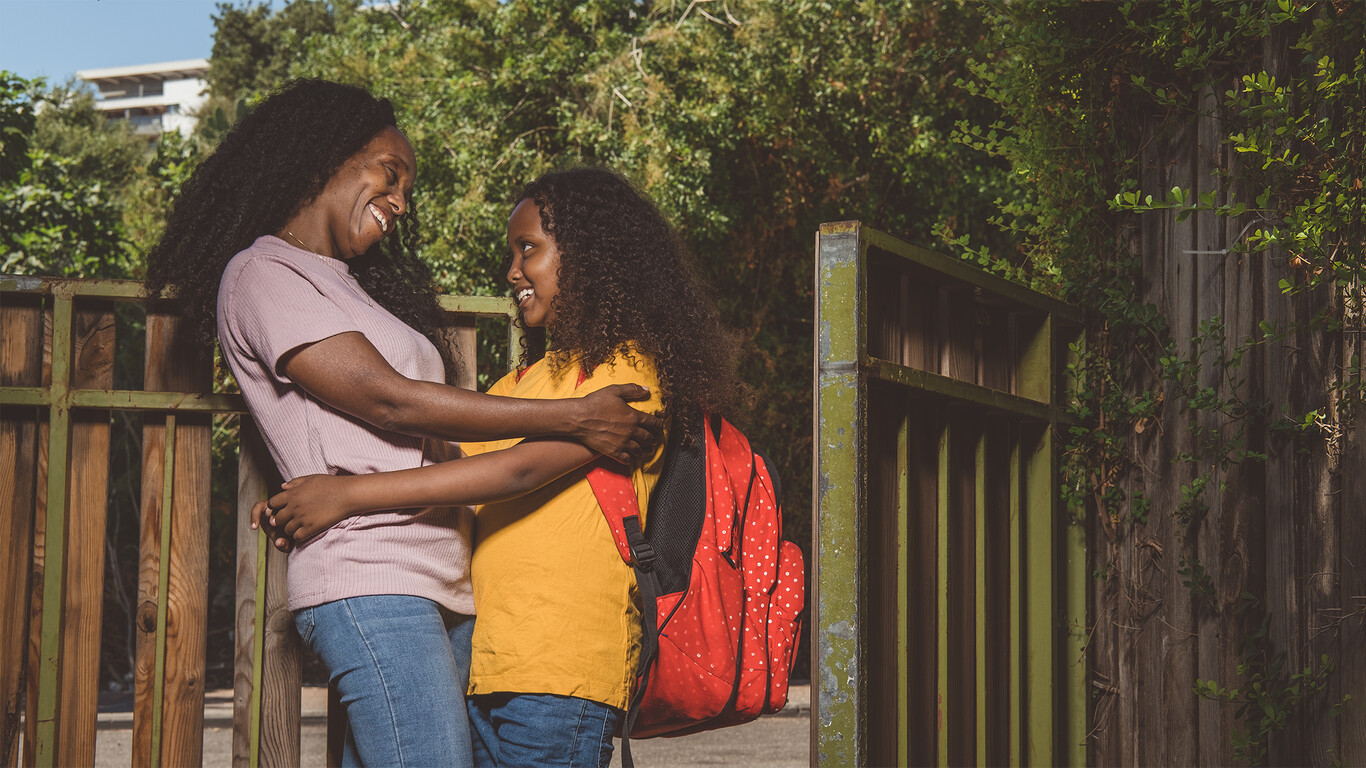Shaken Baby Syndrome Prevention
Shaking babies can endanger their lives. Unlike gently rocking babies, with support of the head, shaking means an adult holds the baby in the arms or by the ribs or the sides of the body and moves the baby sharply and forcefully back and forth. Since muscles in the baby’s neck are weak and the head is relatively large, shaking causes the head to uncontrollably move back and forth.
Damages caused by shaking
Shaking a baby’s head causes the brain to move back and forth and hit the skull. It can potentially lead to certain injuries:
- Brain injury and bleeding.
- Retinal injury and bleeding.
- Fractures in the limbs due to the rapid motion.
- Rib fractures caused by strong grasp.
As a result of these injuries, children and babies who were shaken may suffer from brain damage, occasionally severe and irreversible, which may manifest itself as epileptic seizures, loss of vision, cerebral paralysis, developmental delays, motor disorders, cognitive impairments and so on. In some cases, the injury can even result in death.
Prevention through awareness
Shaking frequently occurs in response to a baby’s incessant crying, frustration or stress experienced by parents or the caregiver in an attempt to silence the crying. If you previously experienced prolonged crying of your baby, you may have experienced difficulty, frustration, stress or helplessness. These emotions, along with tremendous fatigue that is typical of parents of infants, may lead a parent or caregiver to shake the baby, occasionally without being aware of the damage that may occur.
It is therefore extremely important to understand the crying and to learn how to calm the baby down. Equally as important – try to find ways to calm yourself before a potentially dangerous loss of control occurs. If we learn methods that keep us from losing control, we will be able to cope with the prolonged crying, with awareness and control.
Reasons for prolonged crying and ways to sooth babies and ourselves
Careful play
There is no need to stop playing with babןקד out of fear of shaking them. You can and should gently rock them in your hands while supporting the head. There is a tremendous difference between this and shaking a baby. At the same time, play in which a baby is thrown up in the air and caught is not recommended, as falls may occur.
How to sooth babies and avoid shaking them
https://www.youtube.com/watch?v=cI8d3NMY6TE

















